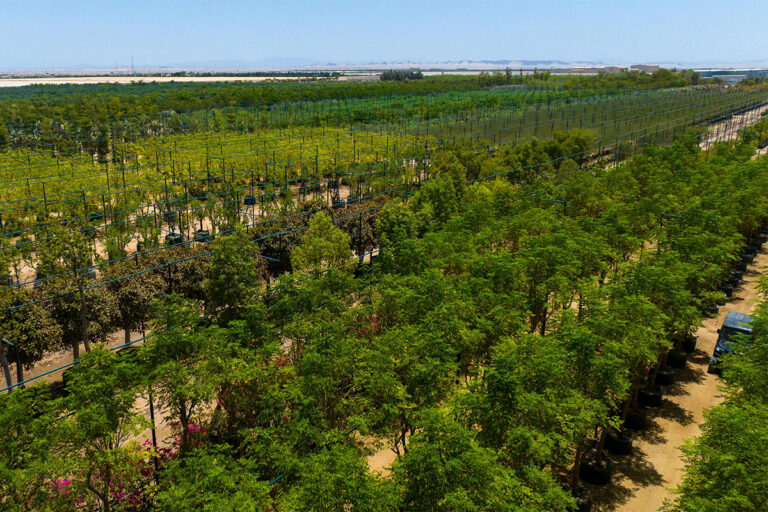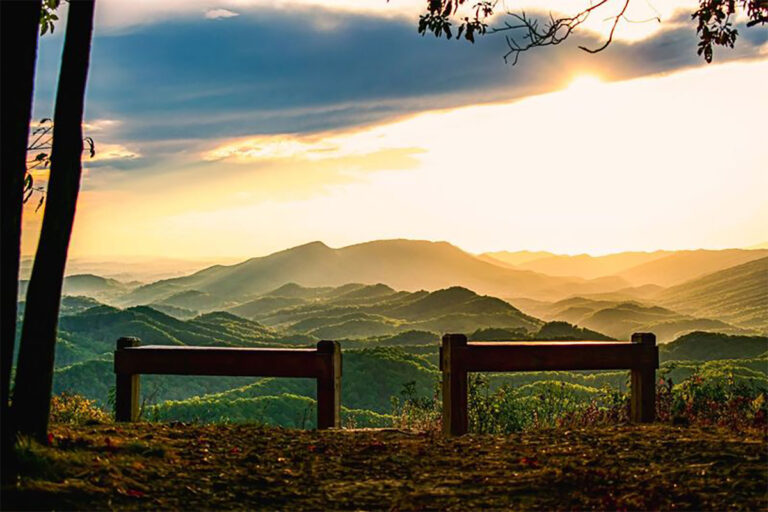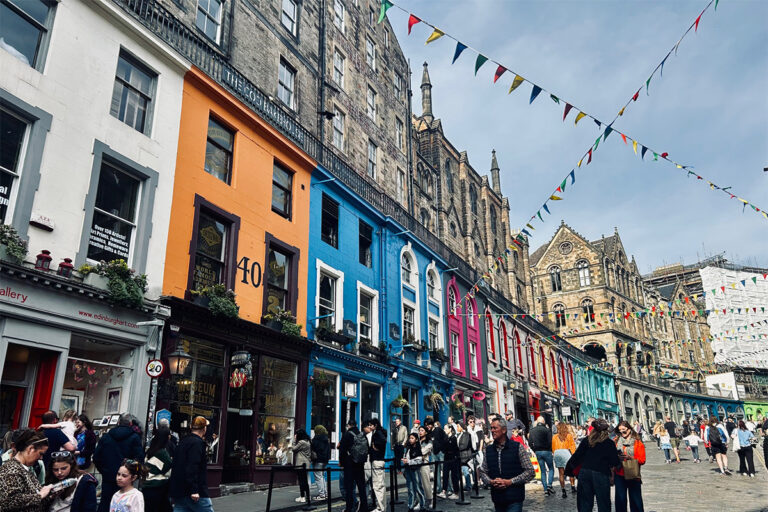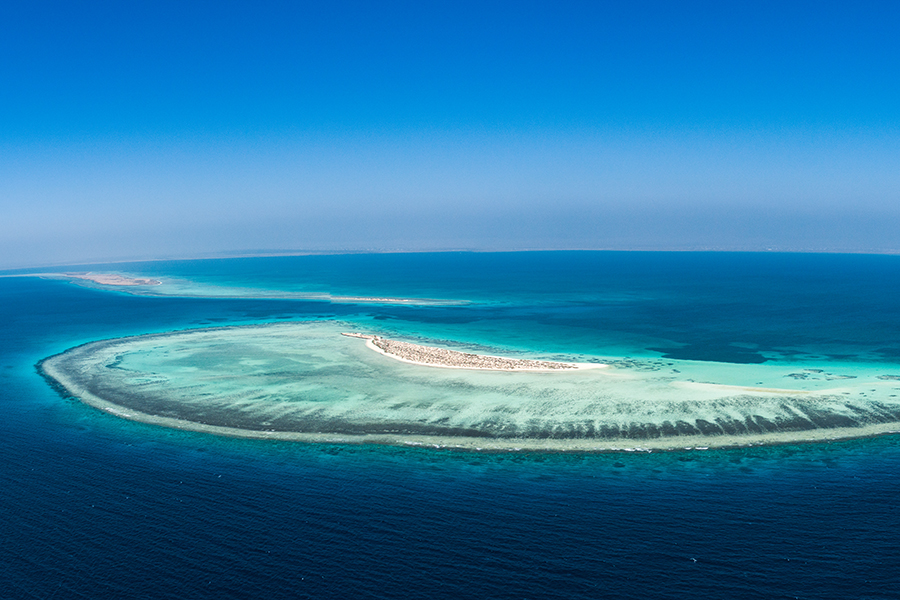
In a world dominated by mass tourism, cheap flights and millennials with bucket lists, the thrills of adventure and exploration can be hard to come by for even the most sophisticated travelers.
Now, along Saudi Arabia’s pristine Red Sea coast a unique opportunity is arising to discover an untouched slice of paradise that boasts environmental wonders and a rich cultural heritage to rival any of the world’s more crowded travel destinations. In the process, the Red Sea Project in Saudi Arabia is reimagining the future of luxury tourism and grounding it firmly in authenticity and sustainability.
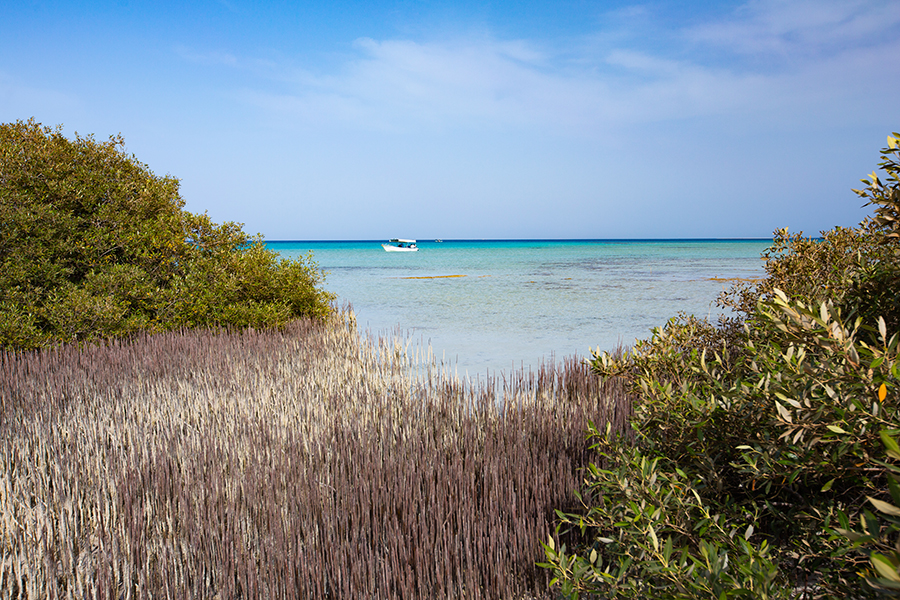
“We aren’t building artificial islands of dredged sand,” explains John Pagano, CEO of the Red Sea Development Company. “Modern luxury travelers are concerned by the environment and they seek out authentic, diverse adventures in nature and culture.
“Here at the Red Sea we are going to offer them a constellation of experiences that they won’t be able to find anywhere else in the world.”
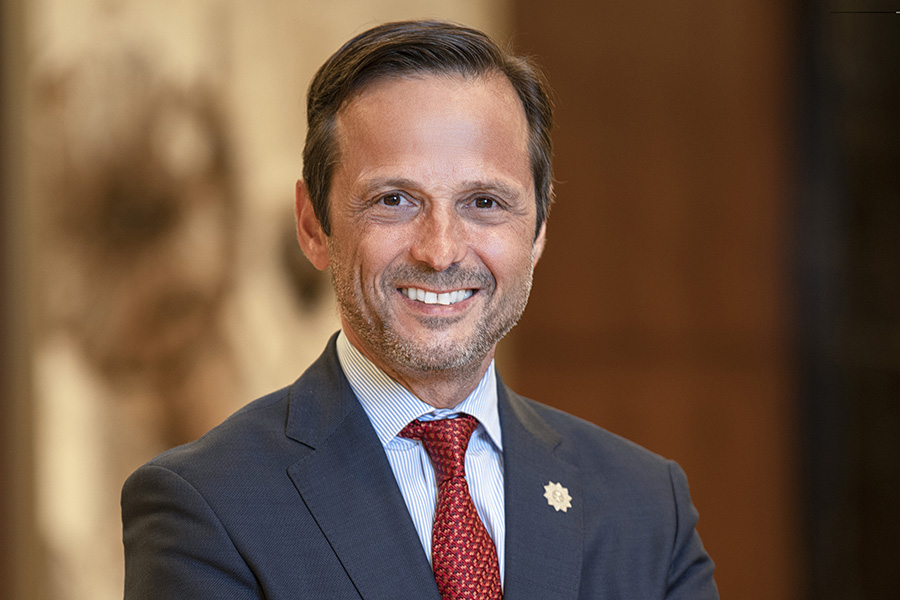
“Sustainability is at the core of what we are doing.”
John Pagano, CEO, Red Sea Development Company
Comprising more than 90 unspoiled islands and coral reefs teeming with marine life alongside dormant volcanoes, vast expanses of desert terrain and the footprints of ancient cultures, the project’s location embraces some of the world’s most stunning—and most vulnerable—treasures. As such, since the starting flag came down on the 28,000km2 project in 2017, environmental preservation has been the developer’s foremost concern.
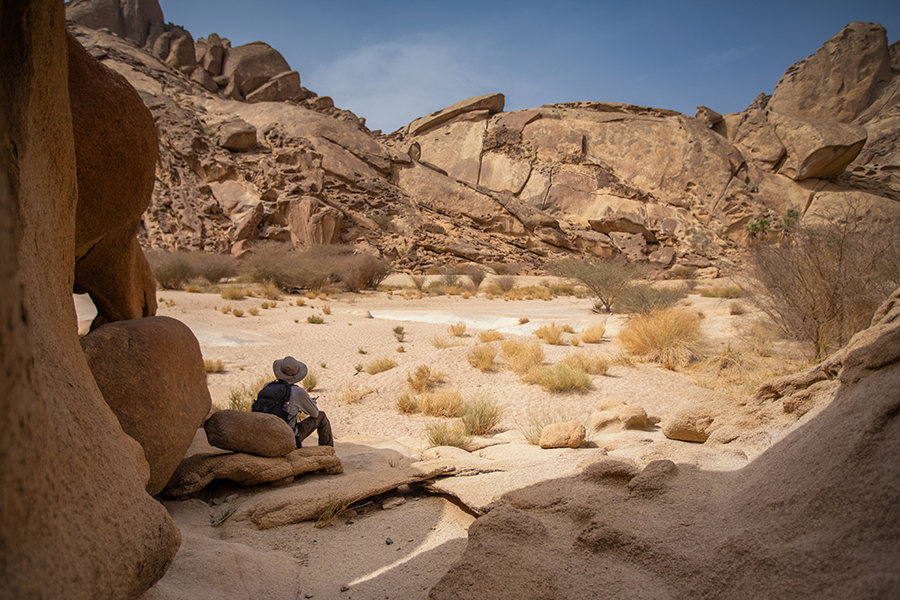
Even before drawing up the first site designs, the company partnered with King Abdullah University of Science and Technology (KAUST) in a massive computer simulation to model the impact of the development on the natural environment. When biologists discovered that one of the most beautiful islands in the archipelago was also a favorite of the critically endangered hawksbill sea turtle, Pagano had no hesitation in ruling the location off-limits to development. “As marine ecologists, we have been fully embedded in the design team in a co-leadership role,” says Carlos M. Duarte, professor of marine science at KAUST.
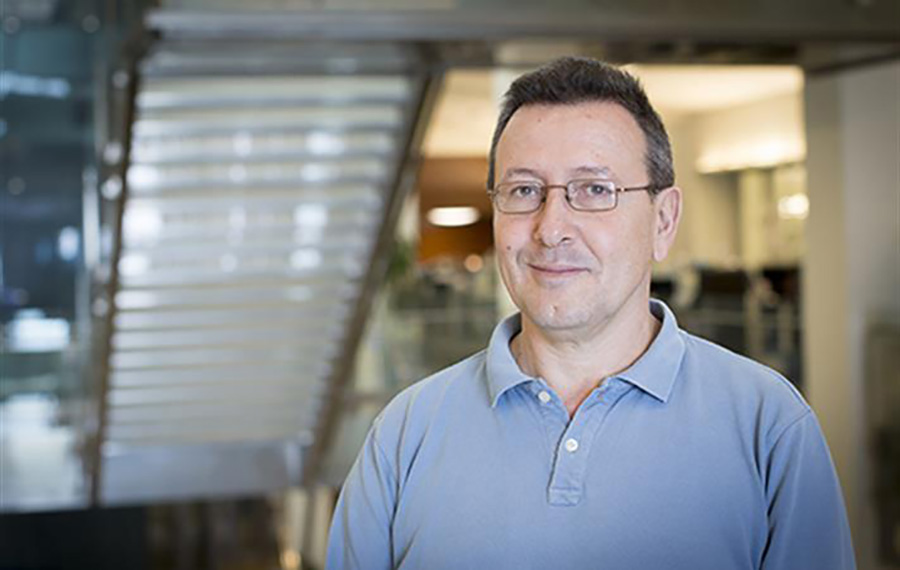
“We are showing that a sustainable ocean economy is within reach.”
Carlos M. Duarte, Professor of Marine Science, KAUST
Other environmental preservation measures include capping visitor numbers and using only renewable energy to power the site. Such is the commitment to sustainability that the project will significantly enhance the existing ecosystem, increasing biodiversity by up to 30% in the coming decades.

At the same time, the project is playing a starring role in Saudi Arabia’s Vision 2030 strategy for reducing the economy’s dependence on oil, while putting the country at the very center of the world’s luxury tourism map.
“I believe that what we are creating here is something which is truly unique in global tourism,” Pagano says![]()
As published in Fortune magazine






